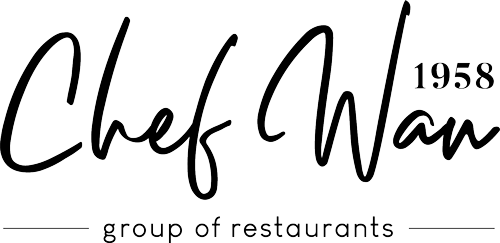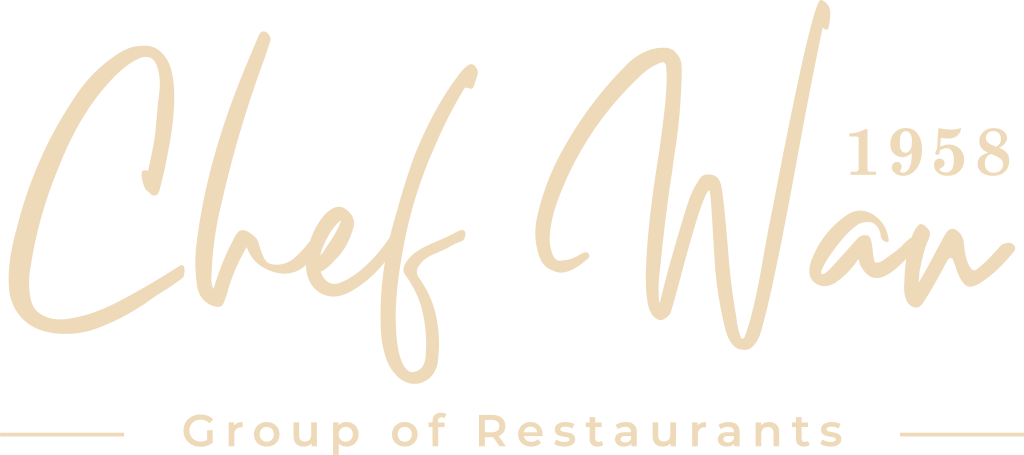Introduction:
In the heart of any bustling restaurant, the kitchen serves as a symphony of sizzling pans, chopping knives, and the harmony of flavors coming together to create culinary masterpieces. Behind this symphony, the true magic lies in the art of timing and multitasking within a busy kitchen environment. In this article, we will explore the importance of timing and multitasking, uncovering how these skills can make or break the success of a kitchen.
The Crucial Role of Timing:
In the culinary world, timing is everything. From the moment an order is taken to the moment it reaches the customer’s table, the clock is ticking. Each second counts, and a well-timed execution can make a meal memorable. Here’s why timing plays a crucial role in a busy kitchen environment:
-
Quality Assurance: Timing is vital to ensure that every dish leaves the kitchen at its peak quality. Overcooking or undercooking can spoil the flavors and textures that the chef aims to deliver. A well-timed dish guarantees the patron receives perfection on their plate.
-
Efficiency: In a bustling kitchen, efficient timing ensures a streamlined workflow. With numerous orders being prepared simultaneously, proper sequencing and coordination prevent chaos and guarantee that each plate is prepared, plated, and served promptly.
-
Guest Satisfaction: Timing is directly linked to guest satisfaction. Nobody enjoys waiting excessively for their meal, just as nobody wants a rushed dish. By delivering each course promptly and carefully, the kitchen enhances the overall dining experience for patrons.
Mastering the Art of Multitasking:
In a busy kitchen, multitasking is the backbone of productivity. Chefs are well-known for their ability to juggle multiple tasks simultaneously. Here’s why multitasking is essential in a bustling kitchen:
-
Optimized Workflow: Multitasking allows chefs to tackle numerous tasks simultaneously, optimizing the workflow. While one dish simmers on the stovetop, another can be prepped on the cutting board, ensuring that different components of each dish are prepared simultaneously.
-
Time Management: By simultaneously working on multiple tasks, chefs effectively manage their time in a fast-paced culinary environment. Efficiently dividing attention and resources across different dishes enables a higher volume of orders to be processed and served promptly.
-
Creative Freedom: Multitasking liberates chefs’ creativity, providing them with the flexibility to experiment and innovate. Simultaneously working on multiple dishes opens endless possibilities for flavor combinations, plating techniques, and culinary artistry.
The Marriage of Timing and Multitasking:
The true magic of a kitchen lies in the seamless union of timing and multitasking. When perfected, this harmonious marriage results in not only efficient operations but also superior culinary creations.
By marrying timing and multitasking, chefs achieve the following:
-
Precision: The synchronization of time-sensitive tasks and harmonious multitasking allow chefs to achieve precision in plating, cooking, and delivering dishes. This culinary precision elevates the dining experience to new heights.
-
Consistency: The symphony of timing and multitasking ensures consistency in each dish served. Patrons can expect the same flavors, textures, and quality regardless of how busy the kitchen may be.
-
Teamwork: Timing and multitasking in a busy kitchen foster teamwork and camaraderie among the culinary team. Clear communication and efficient coordination are essential to uphold the highest standards of excellence in the kitchen.
Conclusion:
In the bustling kitchen environment, timing and multitasking play an integral role in delivering exceptional dining experiences. The art of timing guarantees quality, efficiency, and guest satisfaction, while multitasking optimizes workflow, time management, and culinary creativity. By marrying these two skills, chefs create a symphony of flavors and present culinary masterpieces that leave a lasting impression.
Frequently Asked Questions (FAQs):
- Q: What happens if timing is not properly managed in the kitchen?
-
A: Improperly managed timing can result in undercooked or overcooked dishes, decreased efficiency, longer wait times, and dissatisfied customers.
-
Q: Can multitasking negatively impact the quality of the dishes?
-
A: While multitasking is necessary to handle a high volume of orders, careful attention must be given to ensure that quality is not compromised. Skilled chefs balance multitasking with the need for precision and consistency.
-
Q: What strategies can help chefs improve their timing skills?
-
A: Strategies such as creating a well-organized prep station, prioritizing tasks, practicing time management techniques, and utilizing kitchen timers can enhance timing skills.
-
Q: Is multitasking a skill that can be learned or developed?
-
A: Yes, multitasking can be honed through practice, experience, and the development of efficient workflows. Chefs can improve their multitasking abilities by constantly seeking opportunities to refine their skills.
-
Q: How does timing and multitasking contribute to the overall success of a restaurant?
- A: Proper timing and multitasking directly influence the restaurant’s reputation by ensuring quality dishes, efficient operations, guest satisfaction, and a positive dining experience. These factors contribute to word-of-mouth recommendations and repeat customers.



